Makar Sankranti: A Harvest Festival Celebrated In
India
India is a land of festivals, each reflecting the diverse culture, traditions, and heritage of its regions. Of these, the early rice transplanting festival of Makar Sankranti in India is best known as a colorful event held ahead of the transition of the Sun to the zodiac of Capricorn. This celestial phenomenon which marks the beginning of days that start getting longer from this point is associated with joy, gratitude, and new opportunities. Now it is time to learn the details about Makar Sankranti celebration in India and find out how it unites people with the help of numerous regional flavors.
What is Makar Sankranti?
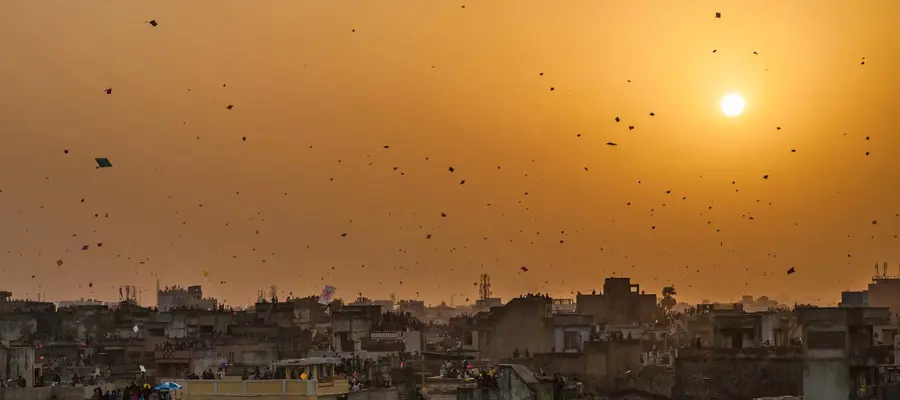
Makar Sankranti in India is celebrated on January 14 or 15 and it differs due to the solar cycle. Unlike most Indian festivals based on the lunar calendar, this festival aligns with the solar calendar, fixing its date. It represents the period when winter seasons change, and the days become cooler, longer, and nights shorter. The festival is largely associated with farming, as it is time to reap what farmers have sown throughout the years.
How Different States Mark Makar Sankranti Celebration in India
The beauty of Makar Sankranti is that it has a great ethnic variation. Every state incorporates its cultural practices into festivities making the whole event a colorful parade. Here’s a look at how different states observe this auspicious occasion:
1. Punjab
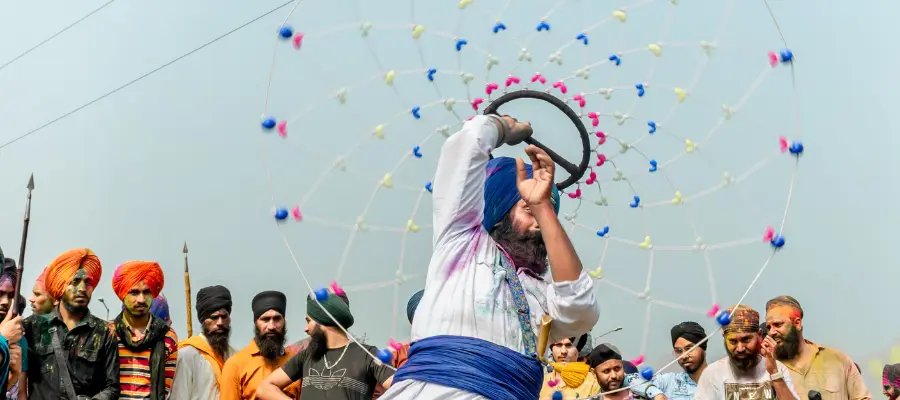
Lohri is the name of the festival celebrated in Punjab, this is done through, bonfire dances, bhangra and Giddha dances, and Punjabi food. It is also a harvest festival when the people of Punjab worship goddess Lohri and celebrate the harvests of sugarcane and wheat. The villages become radiant with cultural activities, and til-gud laddus are exchanged to spread sweetness into the atmosphere. Since it is advisable to hire car rental services for better movement and easy adjustments all around in Amritsar and nearby areas during the festival season.
2. Gujarat
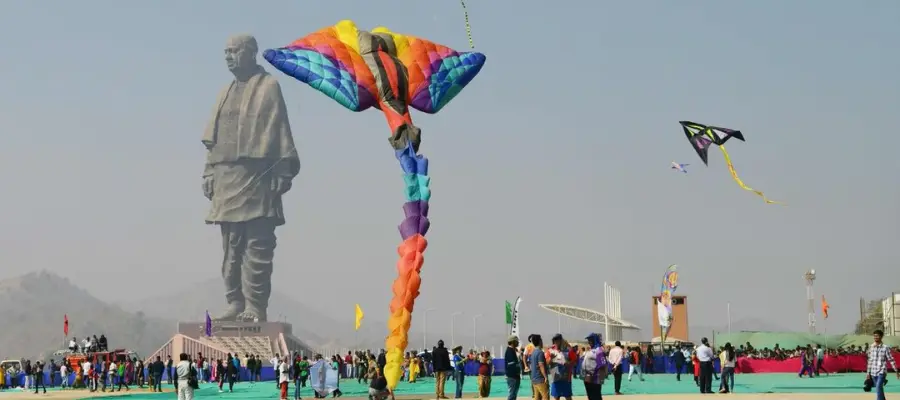
The Makar Sankranti of Gujarat is identified with the Kite Festival International. Not only do people actively participate in friendly kite-flying battles but the kites are very colorful and beautifully designed. Also popular as ‘Uttarayan’, the festival is celebrated under the open skies all across the country. The sound of “Kai Po Che!” fills the air as participants cut each other’s strings. Locals and tourists hunt for the best kites in Jamalpur and indulge in street snacks like Khaman and Fafda. You can opt for Gujarat holiday Packages and visit Ahmedabad in January which is perfect for sightseeing and kite Festival.
3. Tamil Nadu
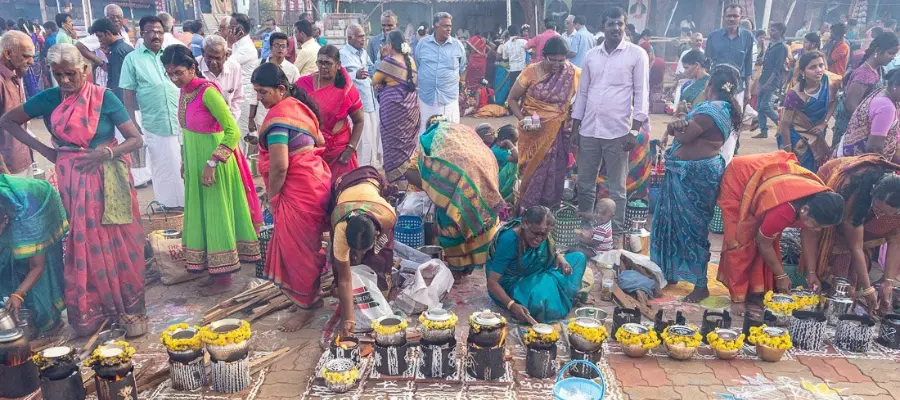
In Tamil Nadu, the Makar Sankranti festival is known by the name ‘ Pongal.’ This is a festival celebrated for four days in honor of the Sun God and farmers. It is the sweet dish called Pongal prepared from raw rice, milk, and jaggery to be cooked in a new clay pot. Kolam (rangoli) are drawn on the doors of homes and flowers are arranged on the painted horns of the cattle.
4. Jaipur, Rajasthan
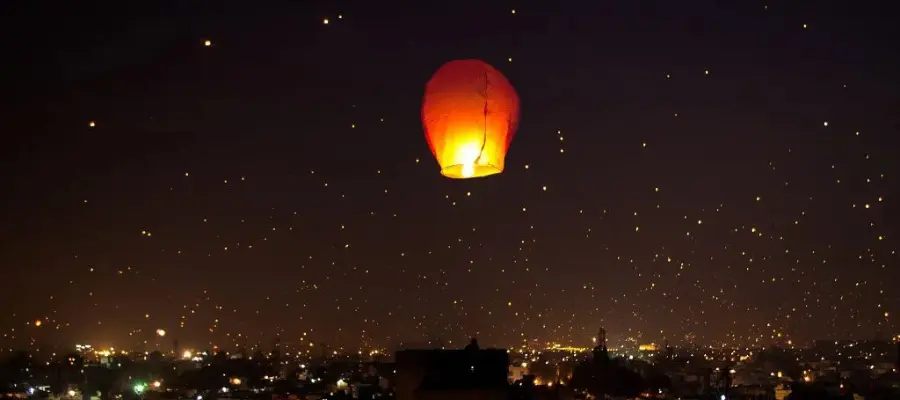
In Rajasthan, the Makar Sankranti is said to be the most vibrant, and it is most especially so in the capital of Jaipur. This event involves flying kites friendly rivalry and some of the most symbiotic and technicoloured Kite Festival you could ever imagine. As fun intensifies, residents and tourists share traditional dishes like gajak, til ke laddoo, and pakoras on rooftops of buildings; while battling it out in the skies. Jaipur’s festivals are full of motion and are quite colorful therefore they are more inclined towards culture, dance, and fairs. If one has to visit Jaipur then Makar Sankranti is the best time for this. You can also opt for Jaipur holiday packages and enjoy Makar Sankranti.
5. Uttar Pradesh and Bihar
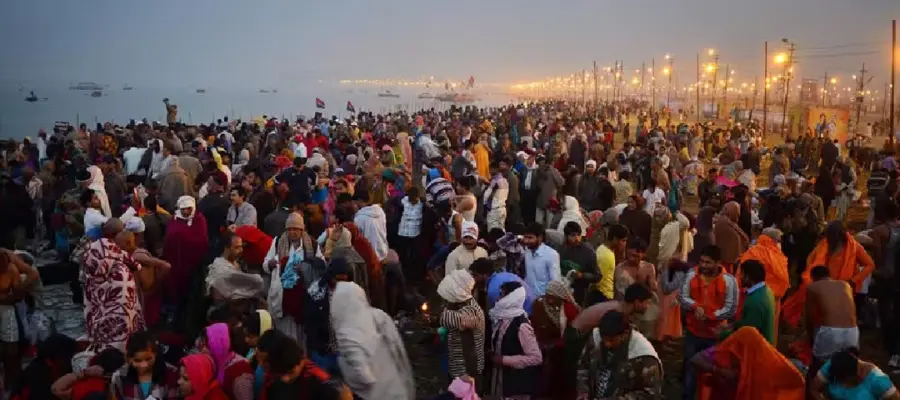
In Uttar Pradesh and Bihar, Makar Sankranti is however famous as “Khichdi”. They immerse themselves in rivers to wash sins away in the Ganga and to pray. The concept associated with the festival is cooking khichdi, a dish made of rice, and the preparation is offered to the deity as prasad. Giving out sesame seeds, rice, and warm clothing are socially appreciated gestures of charity that are done by people there.
6. Assam
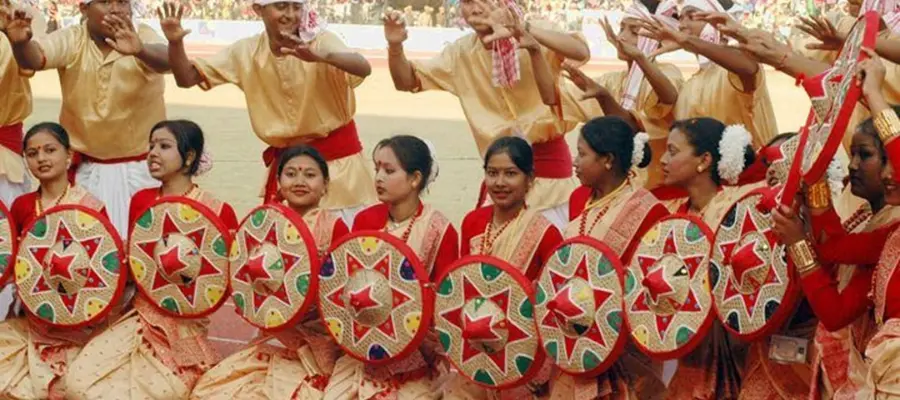
In Assam, the festival is called “Magh Bihu” or “Bhogali Bihu.” This is a harvest event characterized by fairs, feasts, fires, and other rituals and games. The day before the final day of the festival referred to as Uruka the community gathers to feast where people prepare food together.
7. West Bengal
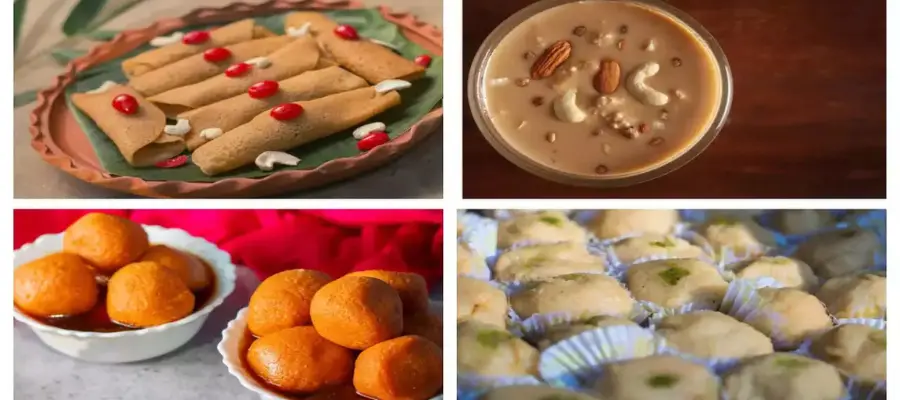
In West Bengal Makar Sankranti is known as “Poush Sankranti.” A special features include the preparation of pithe-puli, which is one of the types of rice cakes prepared using jaggery and coconut. The Gangasagar Mela is organized at the Ganga Sagar when thousands of devotees bathe at the meeting point of the Ganges and the Bay of Bengal.
Universal Themes of Makar Sankranti in India
While the rituals and traditions vary, certain themes unify the Makar Sankranti celebration in India:
- Gratitude: In festivals, people give thanks for the harvest and the year’s bountiful produce to the Sun god.
- Renewal: It makes people forget the past mistakes or the negative times that have happened in the community, and people should start over during Makar Sankranti.
- Unity: The festival creates unity because people of all classes come together to celebrate.
- Charity: Charity in the form of foodstuff, clothes, and cash are some of the aspects of the festival.
In case you want to tag along, book a flight to India and behold the splendor of Makar Sankranti. And in order to have an efficient way of moving about from one place to another, allow European Travel to set up an excursion that designs itself for you.
Frequently Asked Questions
Makar Sankranti is the Sun’s transition into Capricorn, which is the start of longer days, and warmth after the extreme cold of winter. It is a festival of Prosperity where everyone is happy and cheerful.
Every state in India celebrates Makar Sankranti but the way and customs differ from state to state. Ranging from the colorful kite festival of Gujurat to the Pongal of Tamil Nadu, it’s harvest and renewal festival across India.
Traditional foods include tilgul (sesame and jaggery sweets) in Maharashtra, khichdi in Uttar Pradesh, Pongal in Tamil Nadu, pithe-puli in West Bengal, and ellu-bella in Karnataka.
Makar Sankranti in India is celebrated under different names and customs. For example, it’s Pongal in Tamil Nadu, Lohri in Punjab, Uttarayan in Gujarat, and Magh Bihu in Assam, each with unique rituals and traditions.


